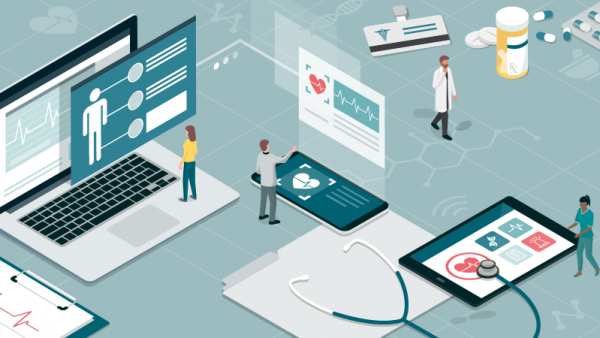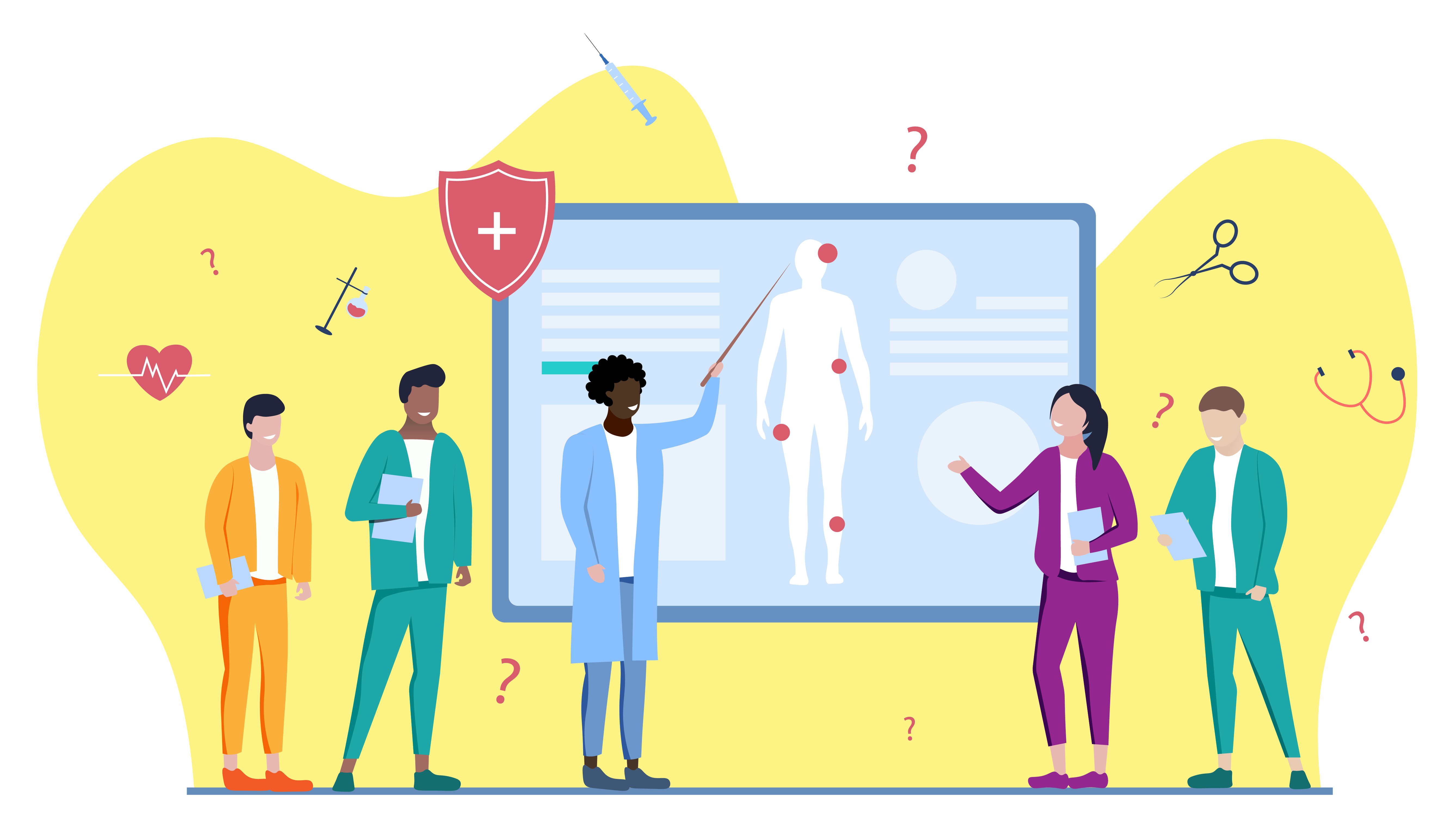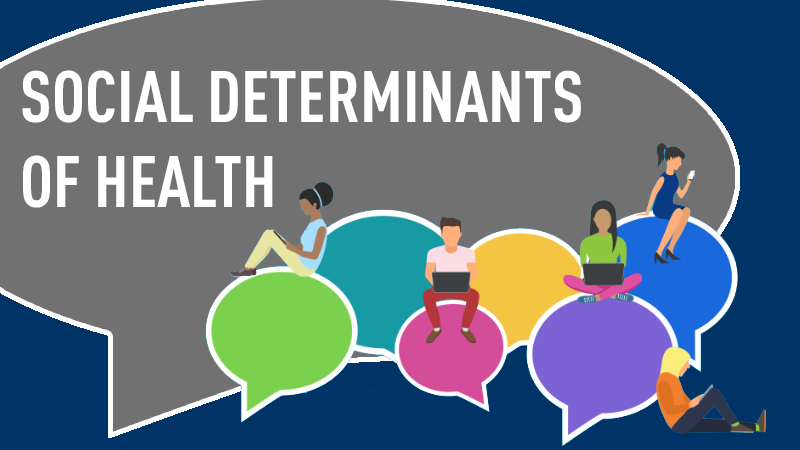
By: Michael Dell, MD | Vice Chair for Education, Professor of Pediatrics | Case Western Reserve University
All students want to learn. But for students in clinical settings, there is an equally important goal: they want to be helpful. They want to have a meaningful impact on patient care. However, their limited knowledge of clinical systems often limits their ability to help. In fact, this may be more of a limitation than their medical knowledge. Any senior resident will tell you that supervising novice clinicians often involves coaching trainees about how to do things as much as what to do.
For those of us using virtual education time to prep students for eventual return to clinical settings, using an Aquifer case as a framework for an interactive orientation or hospital operations training session will better prepare students and interns to hit the ground running and take full advantage of rotations which, in many cases, have been shortened in duration.
Bringing Virtual Patients to Your Hospital
Integrating practical, systems-based instruction with teaching around virtual patient cases may help to address both sets of goals. Aquifer patient cases provide effective scripts for standardized patient encounters. Using these scripts as the basis for virtual rounds with trainees (students, or perhaps even new interns during orientation) provides an opportunity to teach about specific hospital operations in a case-based manner.
For example, review how your hospital identifies and responds to sick patients (e.g. PEWS scores; “watcher” status; rapid response team consults). While discussing orders for a virtual patient, open the practice environment of your hospital’s EMR and review how those orders are placed; review phlebotomy schedules; review which labs would require the student or resident to draw that lab themselves, as opposed to entering an order for the next routinely-scheduled phlebotomy rounds. If the virtual patient requires a consult, review the pager/messaging system for your hospital; role-play actually calling the consult. At a natural break in the case, review signout rubrics and practice this skill.
Look for opportunities to reinforce interprofessional patient care – identify the personnel in the hospital that can help with patient care and how/when you would involve them (e.g. nutritionist, respiratory therapist, social work, child life specialist). The list of practical tips for how to get things done in the hospital is nearly endless. By introducing these practical teaching points into case-based discussions, you will increase the fidelity of the discussion for your students.
Tapping Residents as Teachers
Upper-level residents are great resources for this type of teaching; no one knows better how to get things done. In the process, you may also fulfill important resident-as-teacher training objectives. The ability to record online teaching sessions also provides the potential for direct observation of teaching activities and feedback on teaching skills. As many of these residents are preparing to rise into new positions of leadership, these activities may also help residents be mindful of how best to orient students and interns efficiently and effectively to new clinical rotations when in-person rotations resume.
Aquifer patient cases remain very high yield learning experiences, even when assigned for independent study. Adding your own local flavor, however, magnifies the teaching impact and the engagement factor for your students and their teachers. At Case Western Reserve University, we have graduating fourth-year students running discussion sessions for students preparing for their upcoming core pediatrics clerkship, interjecting advice about expectations for core students. Separately, we have “teaching residents” running small group sessions for students that have upcoming acting internships; these sessions focus more heavily on the nuts and bolts of getting the work done (e.g. order entry). Students in both groups have reflected that learning solely for the sake of knowledge makes them feel like students; learning how to use that knowledge to take care of patients makes them feel like student-doctors.



